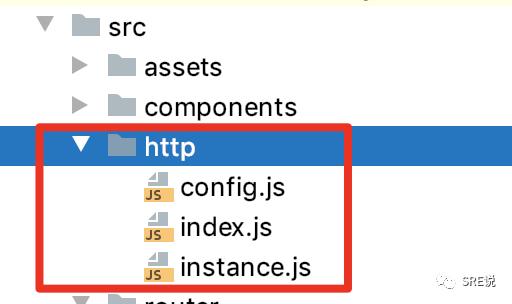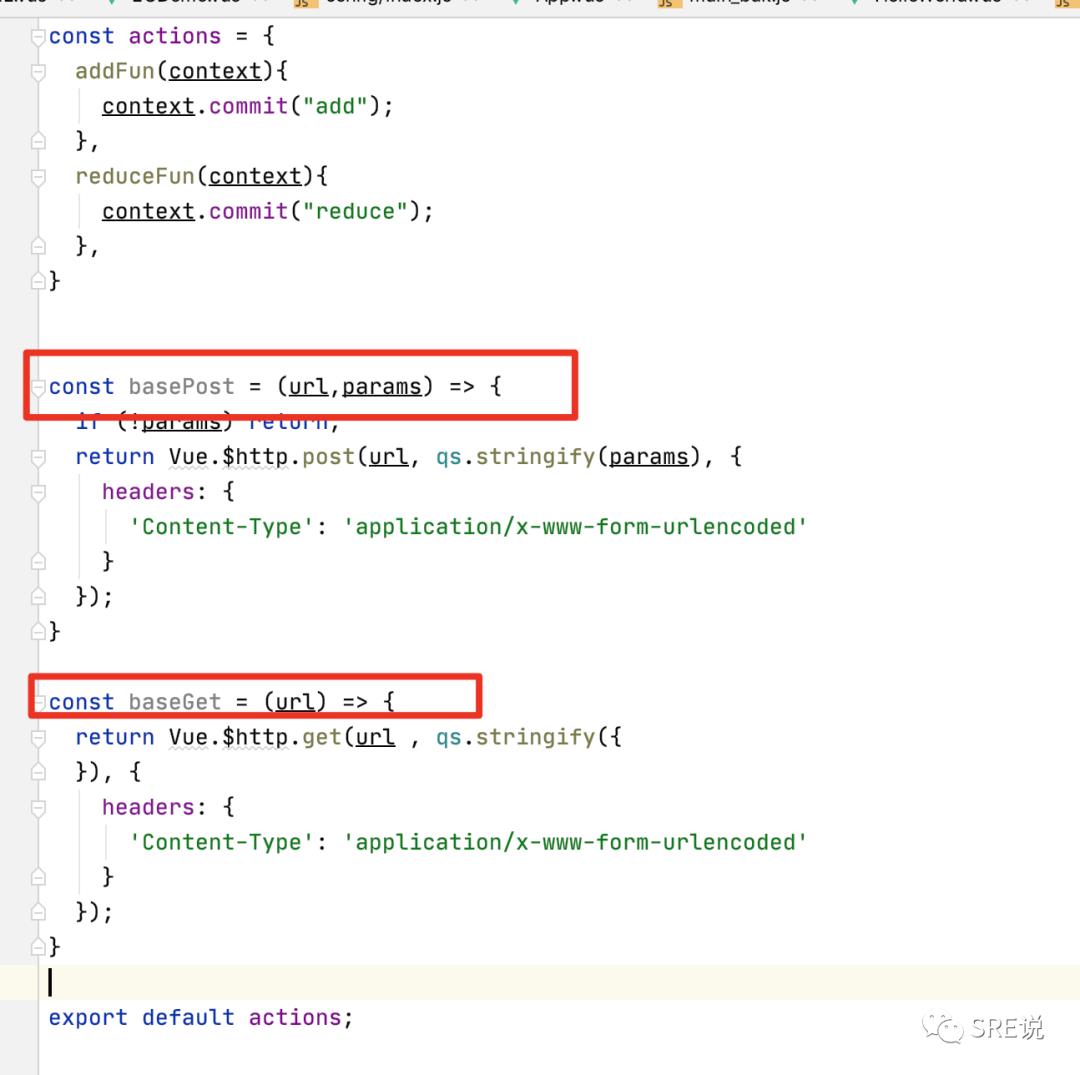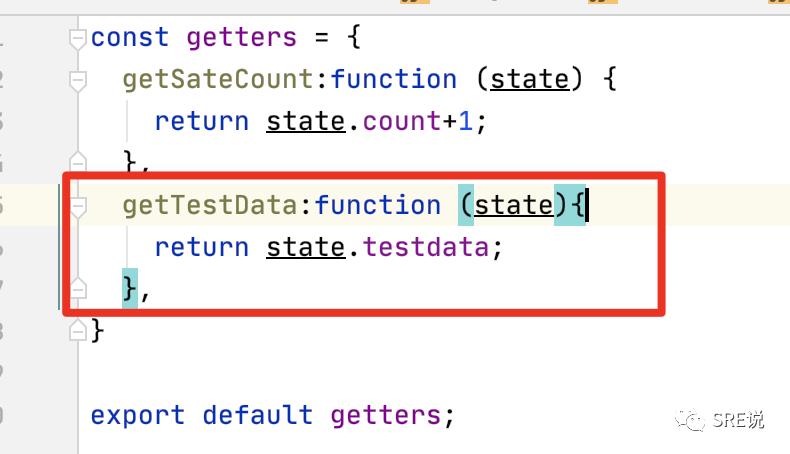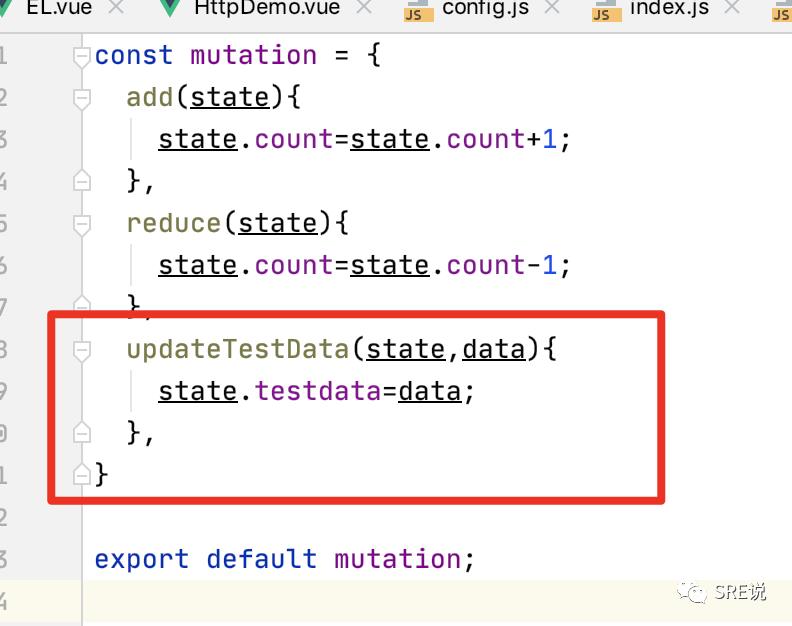8.4 SRE要懂点前端-http与跨域
Posted SRE说
tags:
篇首语:本文由小常识网(cha138.com)小编为大家整理,主要介绍了8.4 SRE要懂点前端-http与跨域相关的知识,希望对你有一定的参考价值。
大家根据前面几篇文章的了解对VUE 应该有个基本的认识了接入下来进入最关键的环节如何请求http请求,并能在页面上渲染。
http跨域
首先第一点,如果是外部请求一定要解决跨域的问题。
在config/index.js这个文件里面的proxyTable字段
'/gettestdata': {target: 'http://0.0.0.0:8000',//后端接口地址
changeOrigin: true,//是否允许跨越
pathRewrite: {
'^/gettestdata': 'http://0.0.0.0:8000/gettestdata',//重写,
}
},
当你在浏览器中输入 http://localhost:8080/gettestdata

2 http请求
第一步 安装
npm install --save axios
第二步 全局配置
新建一个文件夹和三个文件

config.js 定义 http的全局变量
export const BASE_URL = '//localhost:8080/'
export const MAX_TIMEOUT = 100000;
instance.js axios的初始化
import axios from 'axios';
import {BASE_URL, MAX_TIMEOUT, STATUS_CODE} from './config';
const instance = axios.create({
withCredentials: false,
baseURL: BASE_URL,
timeout: MAX_TIMEOUT
});
export default instance;
index.js 入口文件
import instance from './instance';
class APIHandler {
constructor (instance) {
this.instance = instance;
}
install (Vue) {
Object.assign(Vue.prototype, {
$http: this.instance
});
Object.assign(Vue, {
$http: this.instance
});
}
}
export default new APIHandler(instance);
第三步正式使用
在action.js先定义两个函数get请求和post请求
const basePost = (url,params) => {
if (!params) return;
return Vue.$http.post(url, qs.stringify(params), {
headers: {
'Content-Type': 'application/x-www-form-urlencoded'
}
});
}
const baseGet = (url) => {
return Vue.$http.get(url , qs.stringify({
}), {
headers: {
'Content-Type': 'application/x-www-form-urlencoded'
}
});
}

第四步跟vuext结合
vuex
state.js

getter.js

mutations.js

acitons.js
getTestData(context){
var url="http://localhost:8080/gettestdata"
baseGet(url).then(response => {
var overviewData=response.data.data;
context.commit("updateTestData",overviewData);
}).catch(err => {
console.log(err);
});
},
}
第五步跟echart结合
<template>
<div>
<div class="chart-demo" ref="echartdemo"></div>
</div>
</template>
<script>
/* eslint-disable */
import echarts from 'echarts'
export default {
beforeCreate(){
this.$store.dispatch("getTestData")
},
components: {
},
computed: {
optionDemo(){
return this.optionsDemo()
},
},
mounted() {
this.initEchart();
},
methods: {
initEchart(){
this.eChart = echarts.init(this.$refs.echartdemo);
this.eChart.setOption(this.optionDemo);
},
optionsDemo() {
//let values = [5, 20, 36, 10, 10, 20]
let values = this.$store.getters.getTestData
return {
title: {
text: "ECharts 入门示例"
},
tooltip: {},
xAxis: {
data: ["衬衫", "羊毛衫", "雪纺衫", "裤子", "高跟鞋", "袜子"]
},
yAxis: {},
series: [
{
name: "销量",
type: "bar",
data: values
}
]
};
},
},
watch:{
optionDemo:{
watch: true,
handler (optionDemo) {
this.eChart.setOption(optionDemo);
},
deep:true
}
}
};
</script>
<style scoped>
.chart-demo{
float:left;
width: 100%;
border: 1px solid green;
height:400px
}
</style>
这里说一下几个关键点
第一个提前发起一下请求获取数据

第二 把echart的数据换成自己的请求回来的数据

第三是定义watch函数,如果有变化需要重新渲染
最后是输入路径 http://localhost:8080/#/httpdemo 成功了
恭喜你 截止到这一节 你已经学会了
1 vue的搭建
2 vuex的使用
3 elementui的使用
4 echart的使用
5 http请求的发送跟echart的联动
这其中的关键点基本走通了,剩下的就是修炼内功了。你如果想要链接前端更多的知识,需要不断的学习
以上是关于8.4 SRE要懂点前端-http与跨域的主要内容,如果未能解决你的问题,请参考以下文章